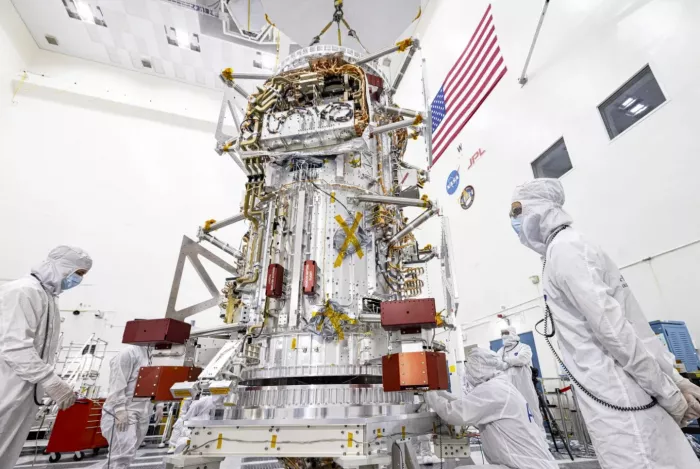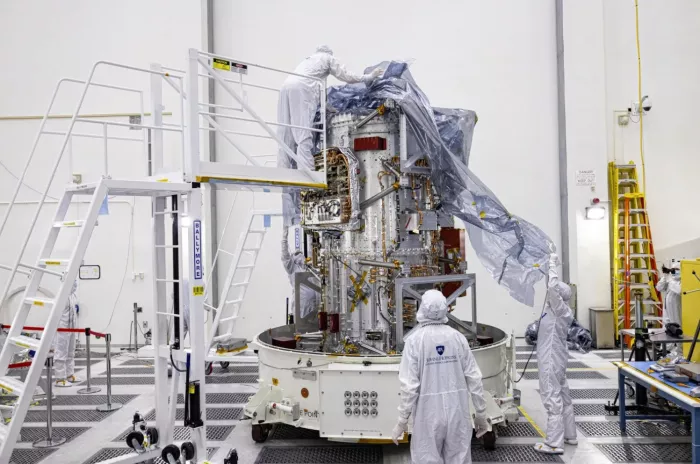Europa, Jupiter's icy moon, almost certainly has a huge ocean under its icy shell. In fact, scientists believe that this ocean contains more water than all the oceans on earth combined. As we know, the complex chemical reactions required for life require liquid water, which makes this ocean one of the key reasons why astrobiologists want to study Europa.

NASA's Europa probe will be equipped with the scientific instruments needed to study Europa to see if it has conditions suitable for supporting life. It is expected to launch in 2024 and take several years to reach Jupiter. Once it reaches Jupiter, it will orbit Jupiter. During this period, it will fly over Europa about 45 times. During each flyby, it will scan Europa and feed the data back to earth.

Now, the main body of NASA's Europa clipper probe has just been delivered to the agency's Jet Propulsion Laboratory (JPL) in Southern California. Over the next two years, engineers and technicians will manually assemble the spacecraft before testing to ensure that it can withstand the journey to Jupiter's icy moon Europa.

The main body of the detector is the main force of this task. It is 10 feet (3 meters) high and 5 feet (1.5 meters) wide. It is an aluminum cylinder integrated with electronics, radio, thermal cycle pipe, cable and propulsion system. When its solar arrays and other deployable devices are stowed up for launch, the Europa probe will be as large as an SUV. When expanded, the solar array makes the detector the size of a basketball court. It is the largest spacecraft NASA has ever developed for planetary missions.